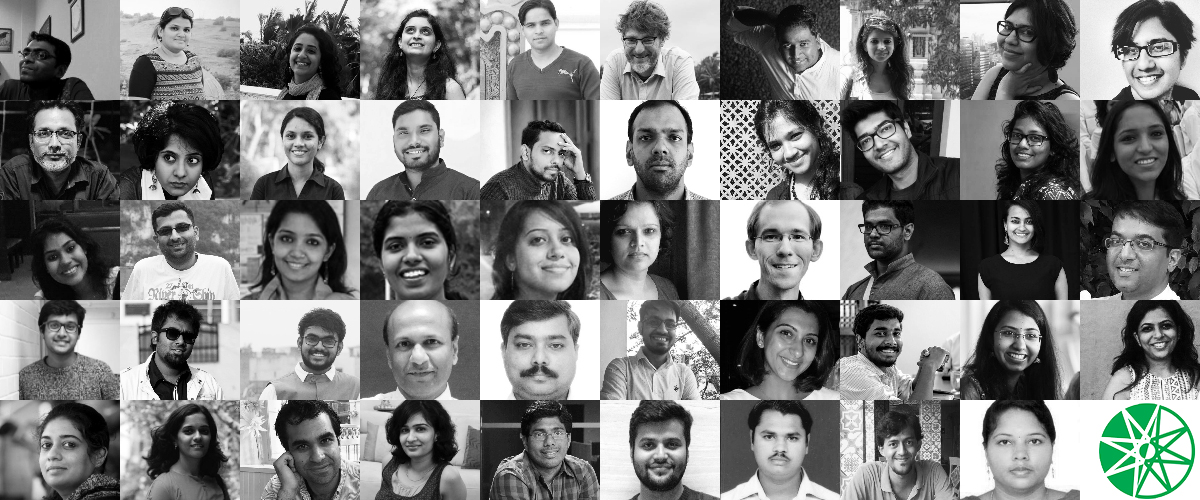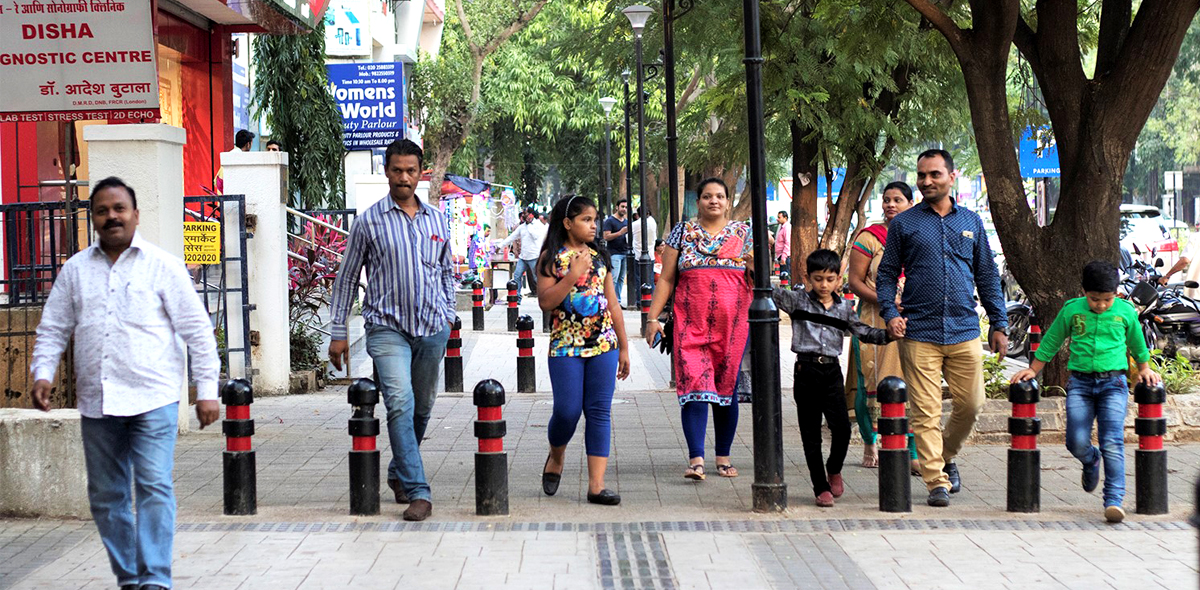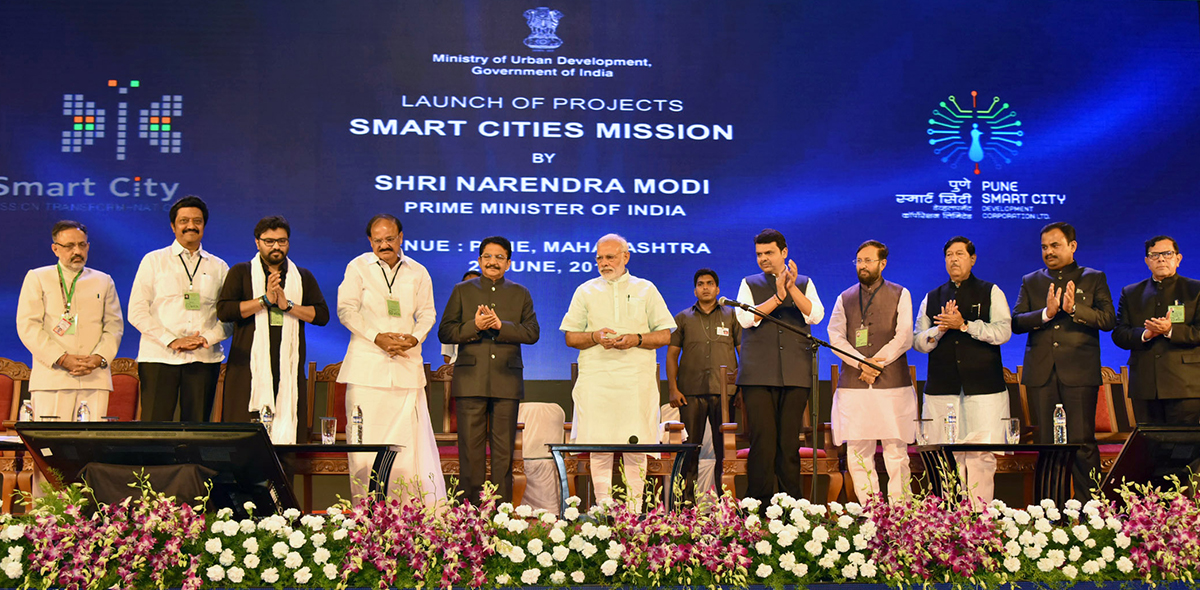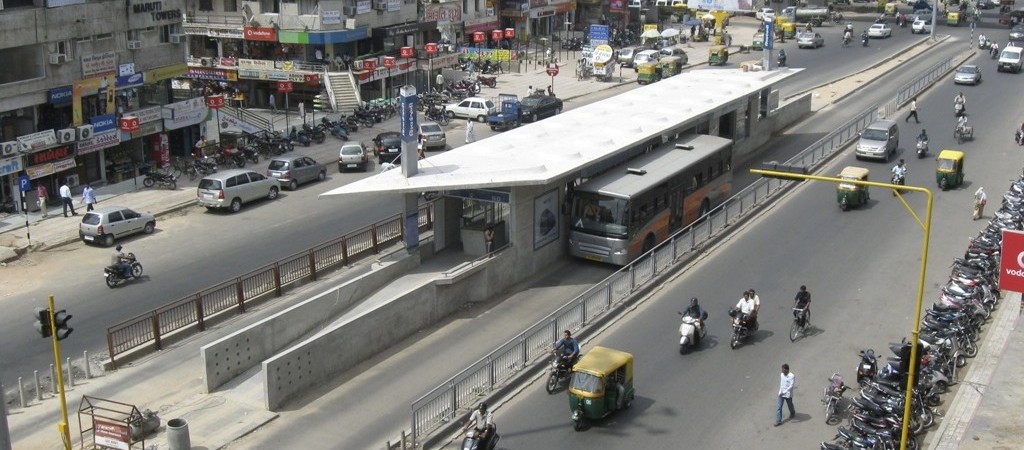When the Hubballi-Dharwad bus-rapid transit system (HDBRTS) began its trial run in October 2018, it offered a great sense of relief and excitement to commuters in the twin cities. Another group which welcomed the launch was of transport experts and enthusiasts, who had been anticipating the launch with bated breaths.
The 22-km project, which extends high-quality transit services between Hubballi and Dharwad, saw a four-year delay due to various reasons. Now months after the system’s trial run, doubts are being slowly put to rest as the HDBRTS inches closer to the coveted ‘Gold’ ranking — conferred as per the BRT Standard.
The BRT Standard and why it matters
BRT systems help in the fight to reduce transport-sector emissions and offer affordable, comfortable and convenient transit to all. The BRT Standard, an expert-reviewed scorecard, was developed to create a common definition of BRT. Considered a magnum opus in BRT design, the Standard is an evaluation tool based on international best practices. It looks to ensure corridors can uniformly deliver world-class passenger experiences.
Start with the Basics
As cities rush to develop bus-based rapid transit systems, many remain unaware of the characteristics of BRT corridors and how it can match metro systems. Hence, it is essential to get the basics right and then add features to improve the system’s high-quality. Here are the five basics that are fundamentals to a BRT system:
- Dedicated right-of-way – A dedicated right-of-way ensures buses can move quickly and unimpeded by congestion.
- Busway alignment – The busway is best located in the central section of the carriageway where conflicts with other traffic is minimal, especially from turning vehicles, on-street parking, property entrances, street vendors, etc.
- Off-board fare collection – Off-board fare collection improves reliability and reduces dwell time at station. The system can employ either ‘barrier-controlled’ or ‘proof of payment’ to collect fares.
- Intersection treatments – Since free-flowing bus movement is essential, intersection priority is a must. Improved signal phasing for the bus-only lanes ensures better bus movements.
- Platform-level boarding – Having the bus station platform level with the bus floor is key in reducing boarding and alighting times per passenger. It even ensures accessibility for all.

Beyond Basics: how BRTs can strike gold
The BRT Standard establishes best practices and features cities and systems which are exemplary in bus-rapid transit. The intention is to guide other cities and help them create their own identity and push the standards. So how does a city set the benchmark beyond just creating a basic BRT system? Here are supplemental elements which can help set a mark:
- Service matters, a lot
Like any service system, what matters the most is the BRT system’s ability to serve people. Hence, factors evaluated are based on how well it meets the demand, efficiency of service, and the extensive coverage it offers. Passengers can be served best when the system offers multiple routes within and beyond the corridor(s); has in place services such as express and limited stops; creates control center(s) to ensure smooth sailing; serves high-demand areas; and has extended hours of operations.
- Infrastructure which last longer, ensure sustainability
At the heart of it, BRT networks are infrastructure development projects which are weighed by how they stand the test of time. Add to it, operational efficacy and sustainability. BRT systems which look to improve mobility and decrease carbon footing use buses with minimised emissions; build smart infrastructure such as median stations to serve buses on either side and overtaking lanes to reduce dwell time and emission at stations; build and maintain roads which have extended lifespan.
- Stations, where comfort meets efficiency
Comfort, safety and efficiency ensure rapid transit systems (BRT included) are in high demand among the public. Stations can guarantee safety with well-lit, transparent structures with additional measures such as sliding doors and also being wide enough to accommodate passengers. The same goes for buses, with the addition of providing more doors to ease boarding and deboarding.

- Communication for a seamless experience
Studies show that customer satisfaction is linked to knowing when the next bus will arrive. Giving customers information, through passenger information systems (PIS), is critical to a high quality of service and a positive overall experience. That along with branding enables more footfall and awareness of the facilities and the system’s capabilities. A BRT system which has its communication game on board would have more passengers aboard.

Source: ITDP Flickr
- Complete BRT’s offer universal access, transit integration
The most important factor of a public transit system is universal accessibility. And then how it furthers that experience by way of integration with other sustainable transit means. BRT systems must complement universal access with integration to pedestrian and cycle infrastructure and other rapid transit forms.

Source: ITDP Flickr
Why Hubbali-Dharward BRT is making the right noise
Though Indian BRT networks have not fared as well as their international counterparts, the system has a chance at redemption with the Hubballi-Dharwad BRT. Still on a trial run, HDBRTS has been working its way across the twin cities and through people’s travel needs in a phased manner.

- Getting the basics right
The project includes segregated bus ways with stations in the median; accessible and comfortable bus stations with level boarding and external ticketing by way of automated fare gates, smart card, and QR code; two kinds of control centres, one which monitors the operations and the other for traffic management to ensure intersection priority.
- Expansion through integration a priority
The system’s initial priority is to ensure route rationalisation. They aim to achieve this by creating a strong network of feeder and trunk bus services. In fact, every bus plying in tandem with the system will be GPS-fitted, to provide real-time information that extends beyond the system and eases integration.
- Hit the ground running
Within six months of the trial run, HDBRTS is recording footfalls of around 70,000 passengers daily with 100 operational buses – operating till midnight. This figure is only bound to increase as the full strength of the system is reported to be 400 air-conditioned buses.

These factors along with the high-quality pedestrian infrastructure and universal accessibility are putting the HDBRTS on the world map. It even makes sense for other fast-growing Indian cities to draw inspiration from and use the BRT system to tackle their transit demands. It makes the case that though the system hasn’t succeeded as expected in India, there is enough cause and reason to tweak it to the BRT Standard.
To get more information on the ITDP BRT Standard, please click here.
Written by : Rohit James
Edited by : Kashmira Medhora Dubash
Read more on these series-
Part One: Far from global standards, here’s what went wrong with Delhi BRT





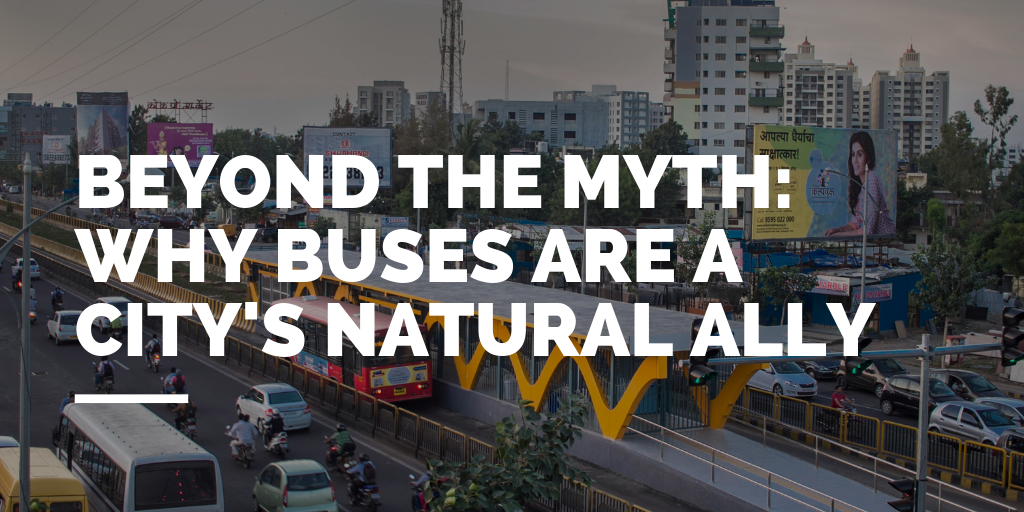








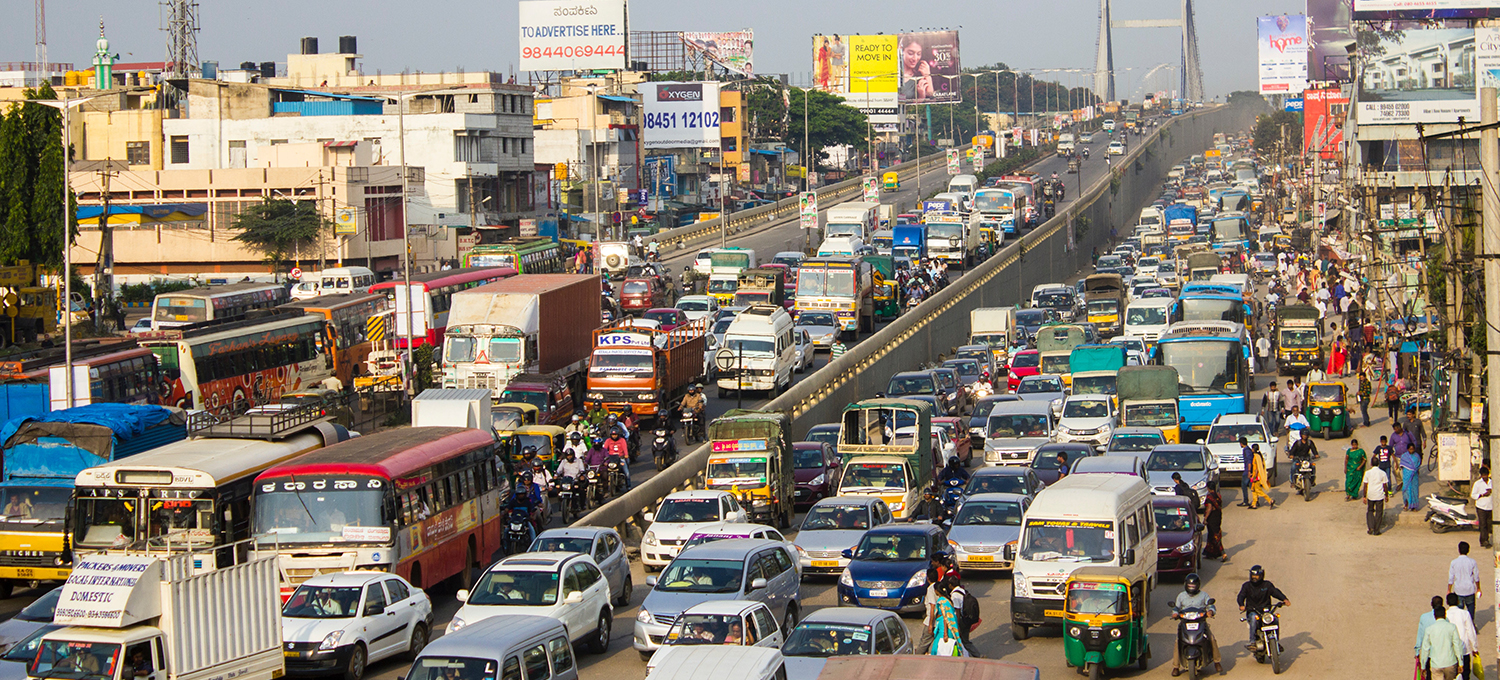







 Leaders from Dar es Salaam receiving the Sustainable Transport Award in Washington, D.C (PC ITDP Africa)
Leaders from Dar es Salaam receiving the Sustainable Transport Award in Washington, D.C (PC ITDP Africa)  Dar es Salaam Bus Rapid Transit system (PC: itdp.org)
Dar es Salaam Bus Rapid Transit system (PC: itdp.org)


 The journey on the Janmarg is much quicker because the BRT enjoys centre-aligned, bus-only lanes
The journey on the Janmarg is much quicker because the BRT enjoys centre-aligned, bus-only lanes

